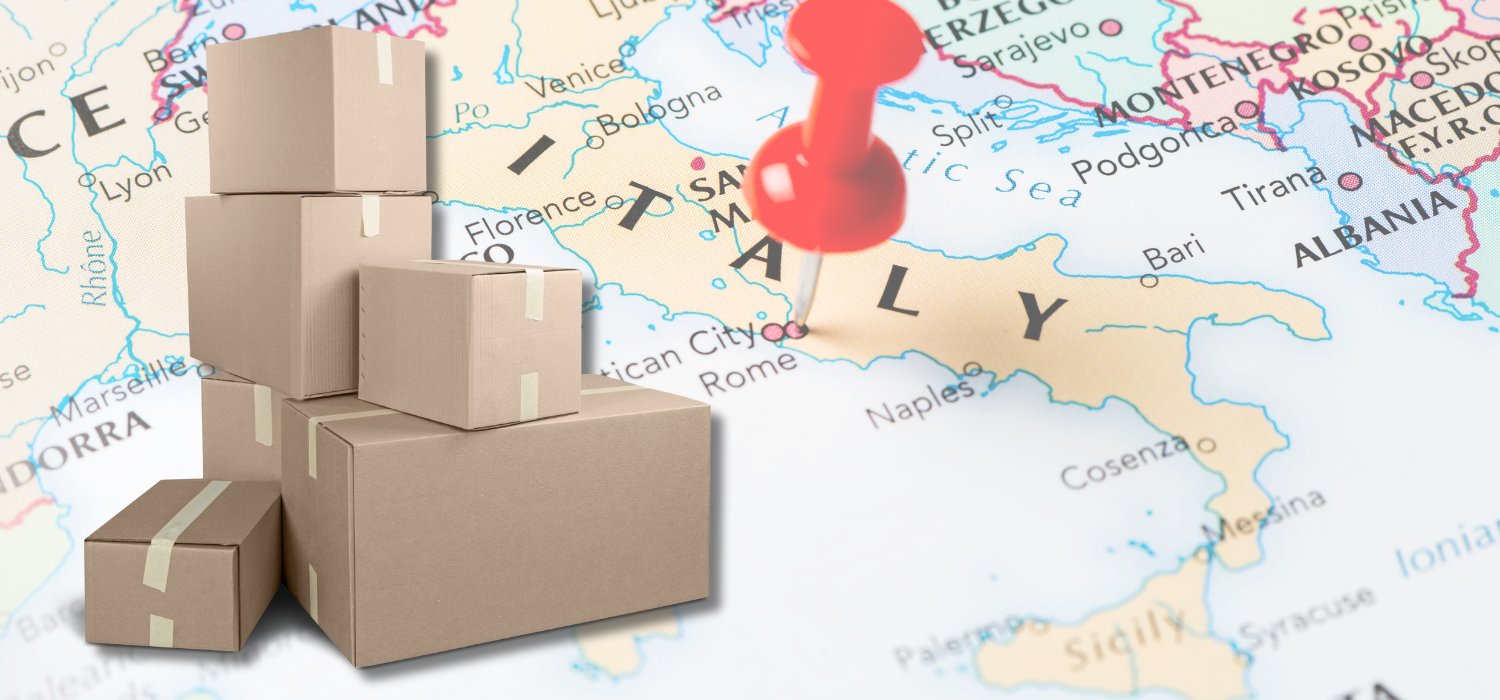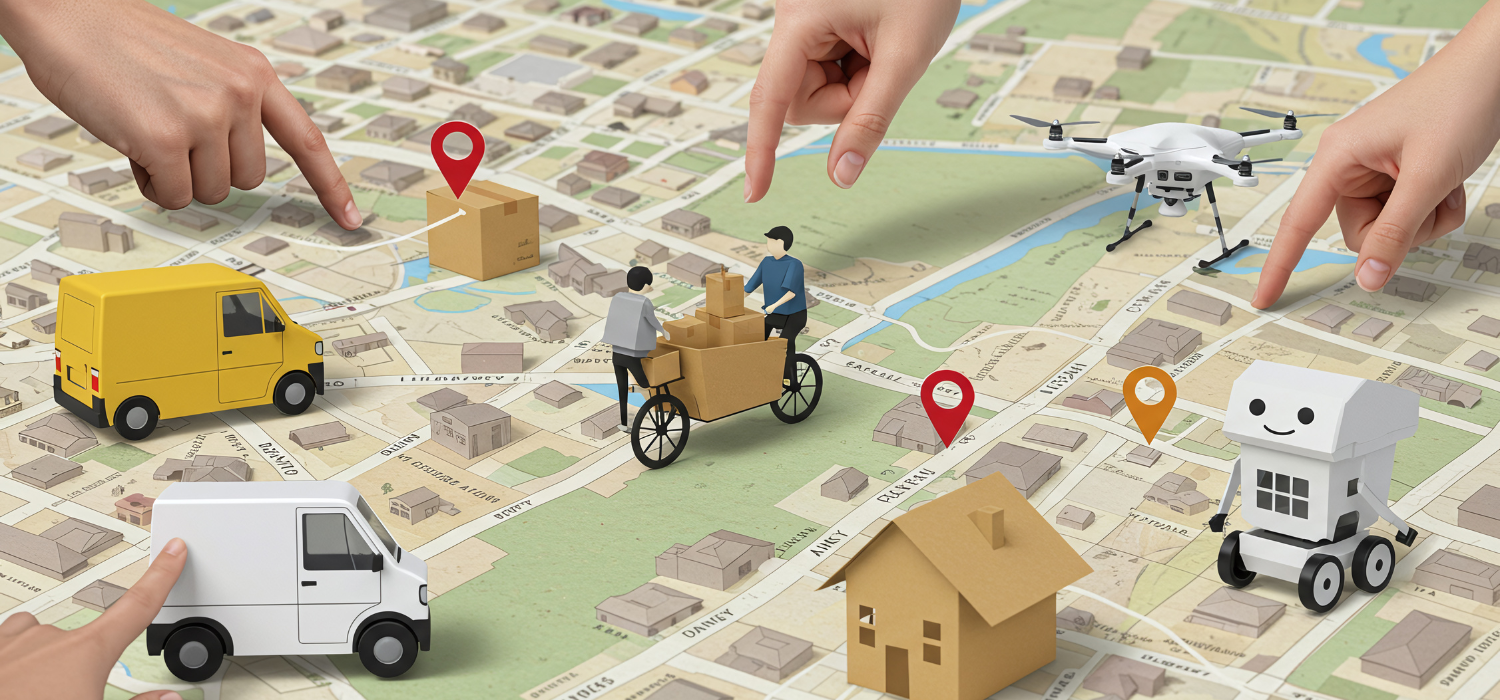Not only big players are selling online. With the increase in sales through eCommerce (+26% from 2019 to 2020, equivalent to 4.7 billion euros in absolute terms – data from the B2C eCommerce Observatory Politecnico di Milano) even small neighborhood stores must necessarily adapt to the new needs of consumers. Being online with their services or products, therefore, is no longer a choice, but a necessity.
A definition of proximity commerce
Born out of this realization is “proximity commerce,” or the digitization of neighborhood stores that can thus offer their regular customers all the advantages of shopping at the store of their choice with in addition the convenience of online services.
In other words, imagine being able to buy products from the trusted baker’s shop down the street, but ordering them online and paying conveniently via your smartphone, then receiving them directly at home or with the option of picking them up at the store ready-made and packaged.
This is a need that arose especially during the lockdown to allow customers to continue shopping in neighborhood stores despite the restrictions, in total safety, but more importantly to allow small neighborhood stores to survive the online shopping frenzy.
According to Vidra data, more than 1,500 small local businesses opened their own online sales channels in the second quarter of 2020 alone, mainly in the Food & Beverage, Fashion (shoes and clothing), Sports and Wellness sectors.
Competition or integration?
The special characteristics of proximity commerce (based on proximity, knowledge and above all trust) allow this phenomenon not to have to compete with large online sellers, let alone marketplaces. Rather, a small business can choose to join an existing marketplace instead of creating its own website, or micro-marketplaces can come into being that collect the offerings of local merchants on a single platform. Neighborhood eCommerce thus allows for an integration between large eCommerce players and small neighborhood merchants, whose target audience continues to be the residents of neighboring areas.
The advantages of proximity commerce
1. “The human factor”: this is certainly the main strength. People who buy through a small neighborhood store know that they can trust the quality of the products, the service, and the person with whom they interface. All of this can be replicated online as well through a service department that is available to provide the customer with the answers he or she needs or to directly solve any problems that may arise during the purchase phase
2. Personalized selling experience: the customer may have particular requests with respect to the product purchased, packaging or delivery methods (only 34% of consumers believe that online stores are able to offer personalized logistics). Demands that could not be met by eCommerce giants that cater to very large and varied target audiences, but that are expected to be met instead by the retailer down the street.
3. Customer loyalty: even the most loyal customer may succumb to the allure of eCommerce convenience. Ensuring one’s online presence, together with the benefits listed above, will only increase the loyalty of one’s customers.
4. Delivery management: proximity is a factor that plays to your advantage, including environmental sustainability. For example, because of the features of proximity commerce, it is possible to guarantee same-day delivery (without stressing the logistics chain) or offer the possibility of picking up one’s order directly in the store, when one wishes. It is in the latter case the so-called Click and Collect, which we have also discussed.













